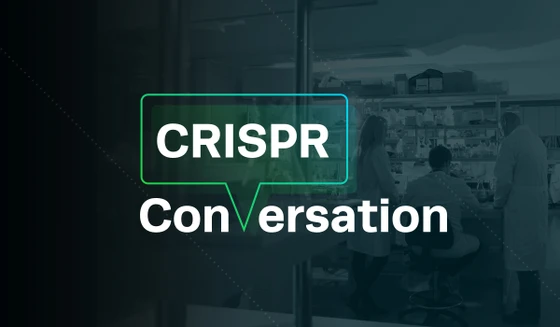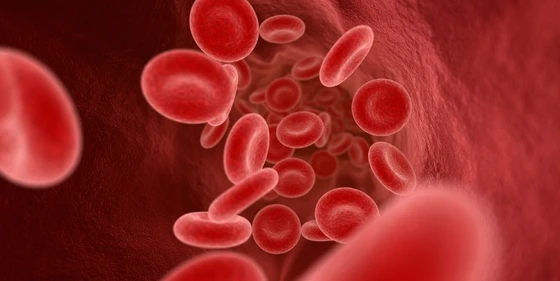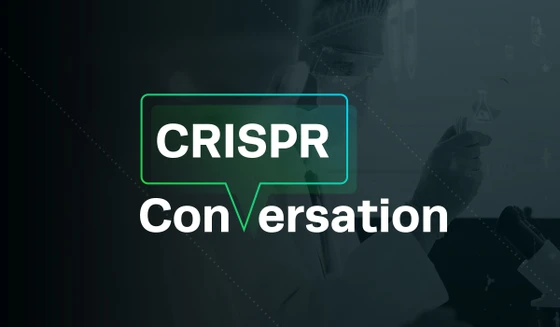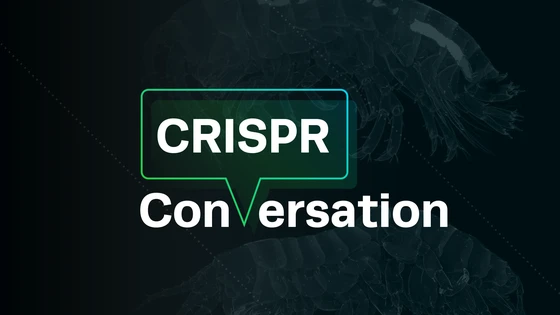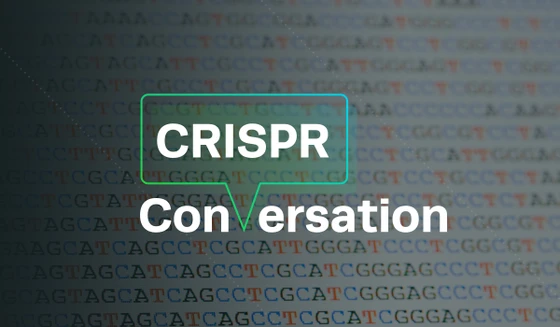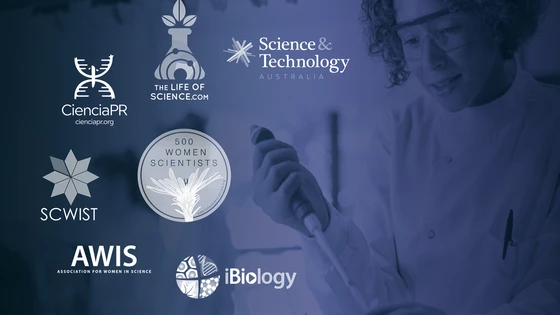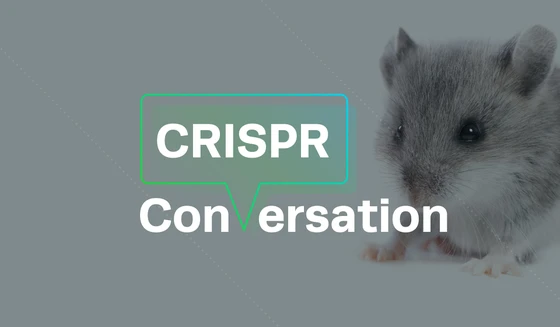Giandomenico Turchiano is a senior research associate at the University College London (UCL) Great Ormond Street Institute of Child Health. He has extensive experience in gene editing research and is currently working to improve the safety of these technologies. Giandomenico was one of the awardees of Synthego's 2017 Grant Program. In this interview, he talks about his current work and how the grant positively impacted his research.
Giandomenico Turchiano Talks About Gene Editing Methods & Their Safety
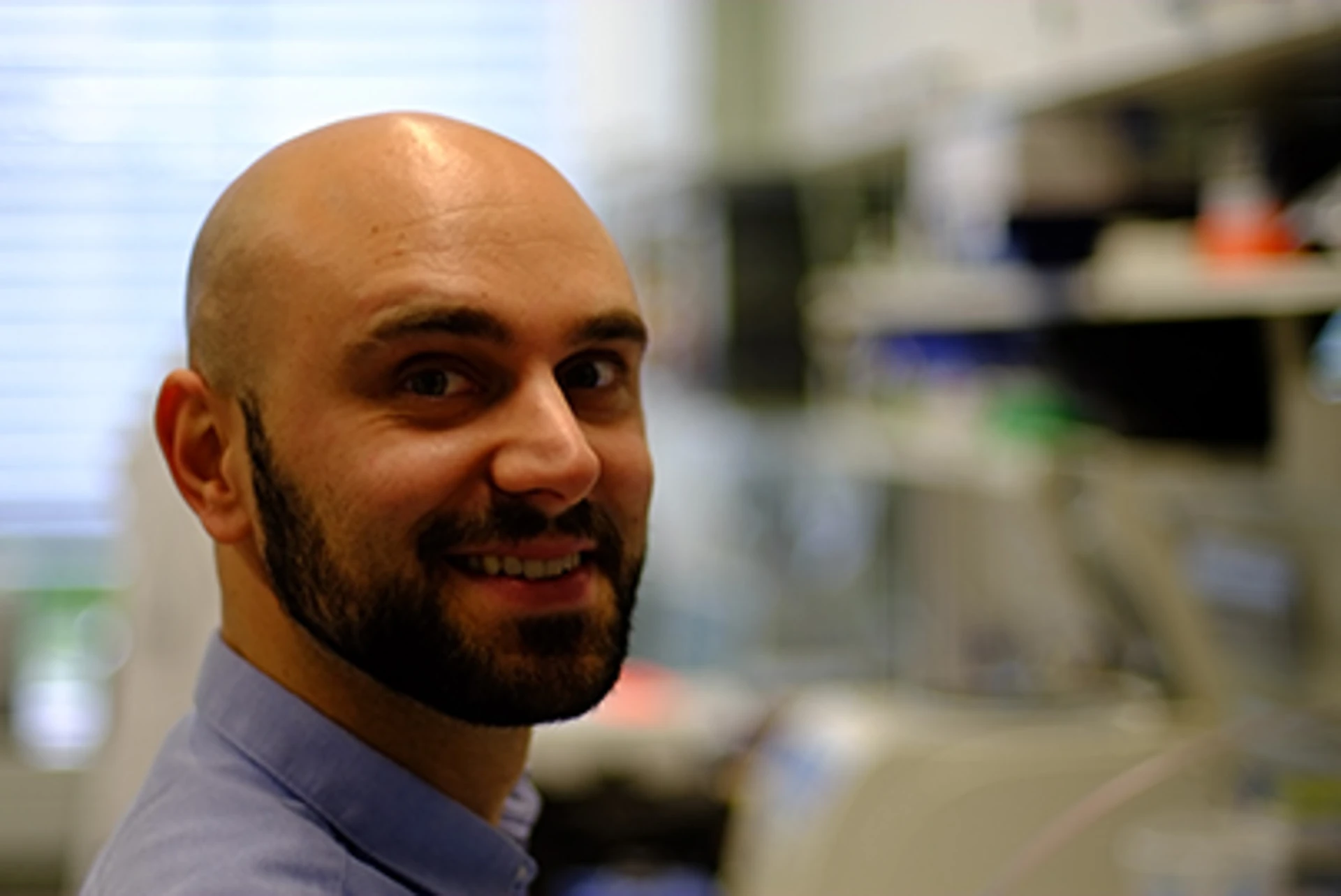
Kevin Holden: Let's start by discussing your research focus at UCL.Giandomenico Turchiano: Here at UCL, I work on the development of new tools for gene therapy and gene editing. My main aim is to improve the efficacy and safety of these new therapies. I think that it's important to address this issue: right now, the technologies are going to be applied in the clinic, and we need to have at least something that can be compared worldwide to assess their safety and efficiency.
Giandomenico Turchiano: Here at UCL, I work on the development of new tools for gene therapy and gene editing. My main aim is to improve the efficacy and safety of these new therapies. I think that it's important to address this issue: right now, the technologies are going to be applied in the clinic, and we need to have at least something that can be compared worldwide to assess their safety and efficiency.
KH: Can you tell us about any particular therapies that you are working on, aside from the safety assessment of different gene therapies?GT: Basically, our focus is on genetic diseases involving hematopoietic system. I just joined this lab that has a lot of experience, Adrian Thrasher was one of the first scientists to apply these therapies in children.
GT: Basically, our focus is on genetic diseases involving hematopoietic system. I just joined this lab that has a lot of experience, Adrian Thrasher was one of the first scientists to apply these therapies in children.
KH: The Great Ormond Street Hospital (GOSH) at UCL is famous for treating the world's first child leukemia patient with gene therapy. Please tell a little bit about what you know about the research institute since you came here.
GT: I am not the best person to talk about that, but as a scientist, I know that this hospital has very effective gene therapy treatment options for children. I would say that it's maybe one of the best hospital right now for this kind of treatment. Once I joined, I understood the mechanism behind their success. They have set up a platform to quickly translate research into the clinic. Entire groups are dedicated to assess pre-clinical data, scale-up, translate it and try to apply to patients. A very close collaboration with physicians, researchers, nurses makes all this possible.
I think that is quite impressive. It's not easy to set up this machine taking care to all the regulations behind that obviously need to be handled in a proper way. I think that's why this hospital is great right now, and it will keep these standards high. That is also the reason why I am here. They want to go right to the goal, it’s not just for the sake of knowledge. They want to see these products applied.
KH: It sounds like you are in a great place to translate your research into the clinic?GT: Yes, that’s true. It is not just in gene therapy. They are also going to apply CAR T cell therapies for tumors. They are going to develop other tools as well. I am pretty sure that this hospital would be in the newspapers again for positive things in the future.
GT: Yes, that’s true. It is not just in gene therapy. They are also going to apply CAR T cell therapies for tumors. They are going to develop other tools as well. I am pretty sure that this hospital would be in the newspapers again for positive things in the future.
KH: Before you came to UCL, tell us a bit about where you were doing your postdoctoral research.GT: I worked in several labs before this position. Right before I came here, I worked at the University of Freiburg in Germany. I was doing similar kind of work. I optimized the clinical protocol for handling and modifying the hematopoietic stem cells with CRISPR-Cas and TALEN technology. Basically, I addressed main issues such as: cell viability, editing efficiency, cell stemness and genotoxic risk assessment. Prior to that, I was at the University of Modena and Reggio Emilia in Italy where I did my first postdoc and Ph.D.. I actually used another platform for gene therapy “the Sleeping Beauty” transposon. I also paid a visit to Berlin, to Ivics/Izsvak Lab at Max Delbruck Center for Molecular Medicine lab group, who have worked extensively on the hyperactive sleeping beauty transposon. I mostly did molecular characterization of this enzyme in human epithelial cells.
I also worked with lentiviruses and retroviruses in Modena. It is one of the lab where the genotoxicity research starts, together with other labs in the US and in Milan. So now I just translating this knowledge from gene therapy with integrating viral vectors to gene editing tools.
Before Modena, I was in Milan at the San Raffaele Biomedical Science Park. Here, I worked with primary cells and mainly T cells. Prior to that, I was at the Children’s Hospital of Philadelphia in Kathy High’s lab where I worked with zinc finger nucleases. It's a long path as you see, but it's always been related to the gene therapy.
GT: I worked in several labs before this position. Right before I came here, I worked at the University of Freiburg in Germany. I was doing similar kind of work. I optimized the clinical protocol for handling and modifying the hematopoietic stem cells with CRISPR-Cas and TALEN technology. Basically, I addressed main issues such as: cell viability, editing efficiency, cell stemness and genotoxic risk assessment. Prior to that, I was at the University of Modena and Reggio Emilia in Italy where I did my first postdoc and Ph.D.. I actually used another platform for gene therapy “the Sleeping Beauty” transposon. I also paid a visit to Berlin, to Ivics/Izsvak Lab at Max Delbruck Center for Molecular Medicine lab group, who have worked extensively on the hyperactive sleeping beauty transposon. I mostly did molecular characterization of this enzyme in human epithelial cells.
I also worked with lentiviruses and retroviruses in Modena. It is one of the lab where the genotoxicity research starts, together with other labs in the US and in Milan. So now I just translating this knowledge from gene therapy with integrating viral vectors to gene editing tools.
Before Modena, I was in Milan at the San Raffaele Biomedical Science Park. Here, I worked with primary cells and mainly T cells. Prior to that, I was at the Children’s Hospital of Philadelphia in Kathy High’s lab where I worked with zinc finger nucleases. It's a long path as you see, but it's always been related to the gene therapy.
KH: Going back to your time at Freiburg; this is when you applied for one of the Synthego Grants a couple of years ago now, in 2017, right?GT: Yes.
GT: Yes.
KH: Can you tell us a little about that experience, how the Synthego Grant helped you with your research?GT: The grant was very useful for several reasons. When you are a scientist, it's way easier if you don't have to worry about the quantity and the quality of your material. It just makes things faster and easier. This grant basically sped up our research; we were optimizing the allele-specific targeting of STAT3 mutations causing the hyper IgE syndrome. There are several point mutations in STAT3 that can produce hyper IgE syndrome, but, this gene is kind of a hard target. It can also cause cancer or other diseases impairing the differentiation of the immune system in other ways.
With this grant we could play around with different gRNA modifications. Really useful to speed up. It was also a pleasant surprise for us to see that those guides were very active and the quality was good. This meant that the cells treated with these molecules were not having massive side effects. The viability usually does not drop much after treatment, starting with 90% or 100% of viability in the untreated cells, we can have 90-80% after nucleofection with these molecules. It means that the treatment affects the viability and not the molecule per se. The quality was a nice surprise for us together with the reliability in the cleavage efficiency.
GT: The grant was very useful for several reasons. When you are a scientist, it's way easier if you don't have to worry about the quantity and the quality of your material. It just makes things faster and easier. This grant basically sped up our research; we were optimizing the allele-specific targeting of STAT3 mutations causing the hyper IgE syndrome. There are several point mutations in STAT3 that can produce hyper IgE syndrome, but, this gene is kind of a hard target. It can also cause cancer or other diseases impairing the differentiation of the immune system in other ways.
With this grant we could play around with different gRNA modifications. Really useful to speed up. It was also a pleasant surprise for us to see that those guides were very active and the quality was good. This meant that the cells treated with these molecules were not having massive side effects. The viability usually does not drop much after treatment, starting with 90% or 100% of viability in the untreated cells, we can have 90-80% after nucleofection with these molecules. It means that the treatment affects the viability and not the molecule per se. The quality was a nice surprise for us together with the reliability in the cleavage efficiency.
KH: It sounds like you were actually able to move your research a little faster than if you had not received the grant.GT: Yes, of course. The guides usually arrived within ten days. This kind of speed is a great advantage.
GT: Yes, of course. The guides usually arrived within ten days. This kind of speed is a great advantage.
KH: When you were doing CRISPR that way, and given that you have worked using all kinds of genome engineering systems over the years, how do you see using the chemically modified sgRNAs as RNPs stacking up against some of the other techniques that you have used in the past?GT: You usually start with the plasmids. This system is fine in the cell lines. When it's time to treat the primary cells, the plasmids cannot be utilized anymore. You can use them, but you have to face huge consequences. Usually, the toxicity is so high that you cannot do whatever you want, and the efficiencies are not high at all. Everything changes when you want to use primary cells, and the RNP format helps. We saw that when we optimized the delivery of these RNPs in primary cells, the toxicity was okay, and the efficiency was super. With the chemically modified guide RNA, we could basically almost double the efficiency. We were around 30%-40%, and then we got to 70% to 90% of editing. That was a huge plus.
GT: You usually start with the plasmids. This system is fine in the cell lines. When it's time to treat the primary cells, the plasmids cannot be utilized anymore. You can use them, but you have to face huge consequences. Usually, the toxicity is so high that you cannot do whatever you want, and the efficiencies are not high at all. Everything changes when you want to use primary cells, and the RNP format helps. We saw that when we optimized the delivery of these RNPs in primary cells, the toxicity was okay, and the efficiency was super. With the chemically modified guide RNA, we could basically almost double the efficiency. We were around 30%-40%, and then we got to 70% to 90% of editing. That was a huge plus.
KH: Going back to the grant, when did you actually first hear about Synthego? Was it before the grant?GT: I knew about Synthego a few months before the grant was announced. I think that some of my colleagues recommended the Synthego website to me. At the begin, I didn't want to use it, because I had already optimized everything with another molecule. But then I give it a shot. The quality, the yield, and the efficiency were very high. In the end, I was happy to take this decision and test these guides.
GT: I knew about Synthego a few months before the grant was announced. I think that some of my colleagues recommended the Synthego website to me. At the begin, I didn't want to use it, because I had already optimized everything with another molecule. But then I give it a shot. The quality, the yield, and the efficiency were very high. In the end, I was happy to take this decision and test these guides.
KH: Then, shortly after that, the announcement for the grant came out?GT: Yeah, exactly. I saw the grant announcement on the website. I think, someone also suggested this to me. We applied for the grant, and luckily we got it.
GT: Yeah, exactly. I saw the grant announcement on the website. I think, someone also suggested this to me. We applied for the grant, and luckily we got it.
KH: One last question: what's your favorite thing about Synthego?GT: The T-shirts are nice! There are several other things. The quality of the molecules is good; they have high editing efficiencies most of the times. I appreciate that Synthego understands the needs of the scientist, in the matters of something practical, the quantity of these molecules. The cost of the molecules was also fine; could be cheaper, but at least they are affordable. It helps us a lot to perform our research smoothly. I think that is something that you guys are appreciated for by the scientific community.
GT: The T-shirts are nice! There are several other things. The quality of the molecules is good; they have high editing efficiencies most of the times. I appreciate that Synthego understands the needs of the scientist, in the matters of something practical, the quantity of these molecules. The cost of the molecules was also fine; could be cheaper, but at least they are affordable. It helps us a lot to perform our research smoothly. I think that is something that you guys are appreciated for by the scientific community.
